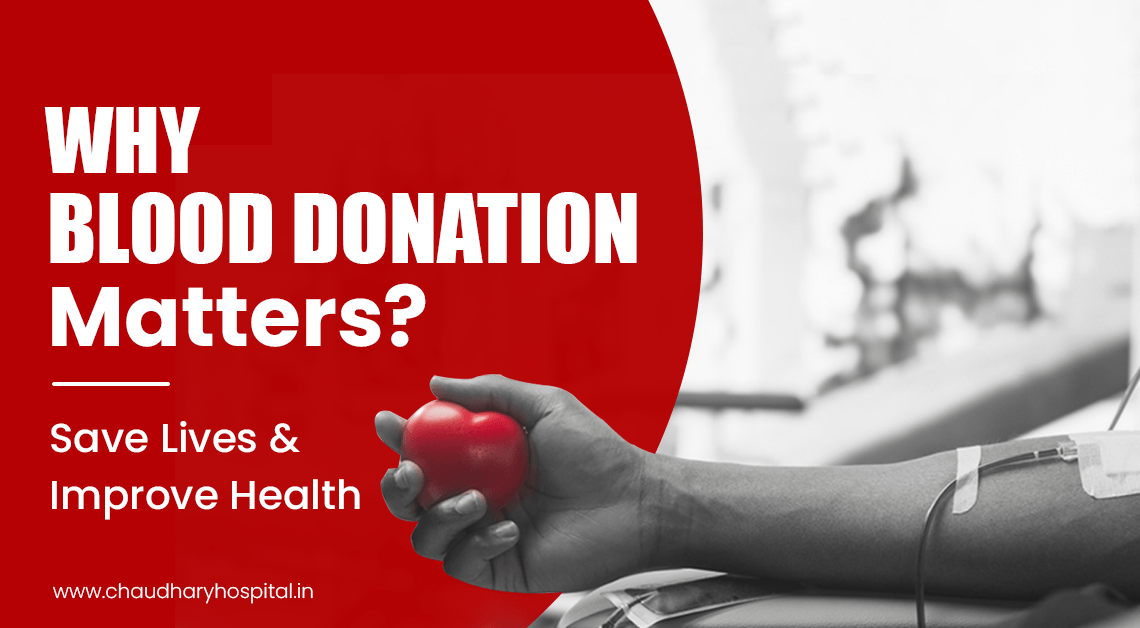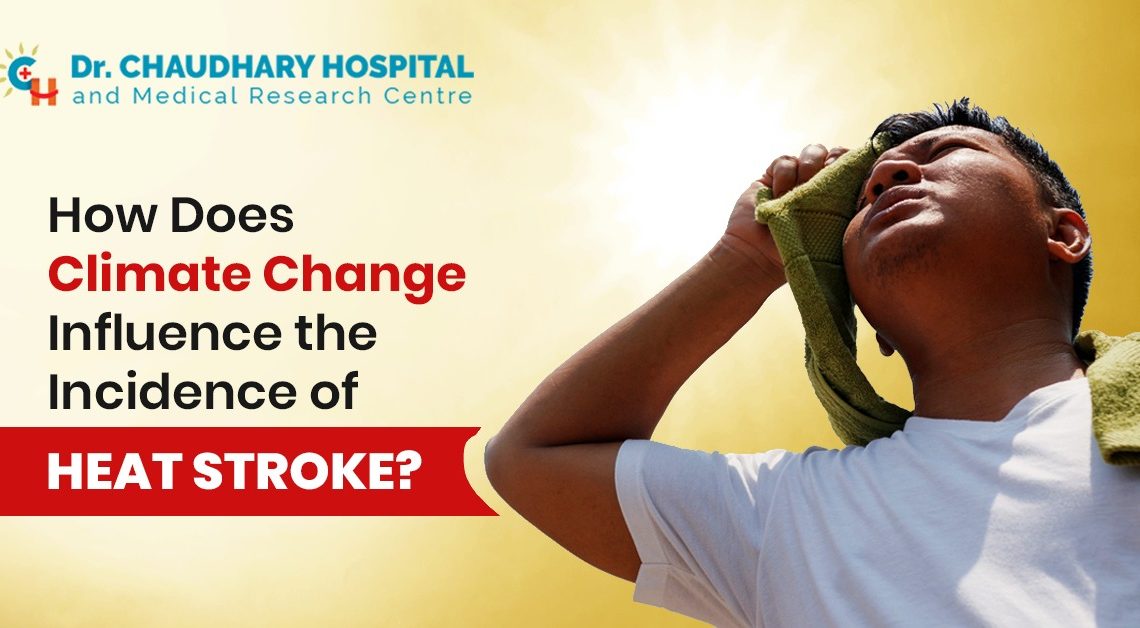Did you know that approximately 12,000 deaths in India are caused because of non-availability of blood? This is because of the lack of blood resources in India. Even the patients suffer some fatal injuries because they do not have access to blood.
At this age where healthcare is the most vital factor for human survival, blood donation is considered a noble act. People all over the world participate hyperactively to donate blood. According to the World Health Organization (WHO), approximately 117.4 million blood donations occur every year.
Blood is the biggest help you can provide to save a life. However, there are a lot of things related to blood donation that we need to understand. This article will explore the details of blood donation and will try to address your queries.
Why is Blood Donation Important?
As much as we emphasise this – Blood donation is important because it saves lives. Blood donation helps countless individuals in need and helps them to recover from dire health situations. In some emergencies like natural disasters or accidents, blood transfusion can be an important resource to save lives. Not just others but blood donation also helps the donor in many ways as it helps them maintain their blood flow, generate new blood cells, and makes them an aware individual.
What are the Benefits of Blood Donation?
Blood donation is a generous act of saving lives but it also offers the doner a range of benefits like the following:
1. Saving Lives
One of the major benefits of donating blood is that it saves the lives of the recipient. Every donation a person makes can save up to three lives by providing red blood cells, platelets, and plasma to patients who are in dire need of it.
2. Benefits the Health of the Donor
The donor can benefit from blood donation on multiple levels:
- Healthy Iron levels in the blood– Blood donations at regular intervals can reduce the iron overload in the blood. Higher iron can lead to an increased risk of heart disease.
- Improved Blood Flow-Blood donations can improve blood flow by reducing clogging which helps in increasing cardiovascular health.
- Increased blood cell production– Donating blood can stimulate the production of new and healthy blood in the body.
3. Free Health Check-up
Donors usually have to undergo a full body health check-up before donating the blood. This gives you an understanding of your body – blood pressure, haemoglobin, iron levels, etc.
4. Burning Calories
While this may not be the primary benefit of blood donation, it helps in burning calories. The process of donating blood can burn up to 600 calories in one go.
5. Creating Awareness
Donating blood is the act of spreading a good and positive message. This encourages others to donate blood, and help others.
Who Requires Blood Donation?
Blood is needed by various individuals in various situations:
1. Victims in an Accident
People who suffer major injuries in accidents direly need good blood resources to neutralise their health condition.
2. Patients Undergoing Surgery
Those who undergo major surgeries such as heart surgery need large amounts of blood to accommodate blood loss during the process.
3. Cancer Patients
Cancer treatments like chemotherapy can damage the blood cells of an individual, which weakens their immune system. New blood flow in the body can easily mitigate the situation.
4. Childbirth
Women going through severe complications during childbirth need good blood resources.
5. Patients with blood-related disease
Conditions like haemophilia or sickle disease need a blood transfusion to maintain the person’s health.
Let’s Decode Some Myths Related to Blood Donation
Myth no.1 – It will hurt
Donating blood is completely safe and does not hurt you. Beyond the pinch of the syringe and the pressure that builds on your arm during the process, there is no other pain.
Myth no.2 – My Iron Level is low, I can’t donate
Not entirely true. Iron is a part of haemoglobin, which carries oxygen in your blood. Before donation, the checkers will take a haemoglobin test to determine whether you are eligible to donate blood.
Myth no. 3 – I can’t donate because I’m on medication
Again, this is partially wrong. It is not the medication but the diseases you’ve been diagnosed with and prescribed the medication for. You need to consult your doctor and check your eligibility for this.
Myth no. 4 – Blood can be stored forever
Different blood components have a different shelf life. Whole blood can be stored for up to 35 days. So, regular blood donation is important.
Myth no. 5 – I can’t donate because I’m too old
There is no upper age restriction if you meet the eligibility requirement. If you’re below 17, you need the consent of a guardian.
Who Cannot Donate Blood?
People suffering from the following diseases are not eligible to donate blood and need to ensure or be checked before donating their blood:
- Blood Cancer
- Diabetes
- Heart Disease
- AIDS, Hepatitis B, or c
- Fever
Why Does Diverse Blood Type Matter for Blood Donation?
Not all human beings are similar. Blood types differ with the presence or absence of different antigens on the red blood cells. These antigens affect our immune responses. Blood types matter for the following reasons:
-
- Blood Type Matching – Each individual has a specific blood type within the ABO and Rh systems (e.g., A+, O-, AB-). When a patient receives a specific blood, it’s critical that the donor’s blood type matches them. For example – A person with type A blood cannot donate blood to type O
- Universal Donors and Recipients – O Negative (O-) blood types are the universal donors for red blood cells. This is because their blood lacks A, B, and Rh antigens. That is why O- is considered crucial in emergency situations.AB Positive (AB+) blood types are the universal recipients. Their red blood cells have no antibodies against A, B, or Rh antigens.
- Rare Blood donors – There are some blood types that are not commonly found in the general population. AB negative (AB-) is the rarest blood type.
Some blood types are majorly found in a specific demographic. B+ are more common in Asian and African populations. - Platelet and Plasma Donation – Platelets are often required for patients who are undergoing chemotherapy or suffering from platelet disorders. Plasmas should also match the blood type to prevent adverse reactions.
Conclusion
Blood donation is a good deed, people should be encouraged and must encourage others to donate blood. Diverse blood type donations save lives, reduce complications, and ensure that we have access to blood supply for everyone in need.
Donate blood today, and save lives.



